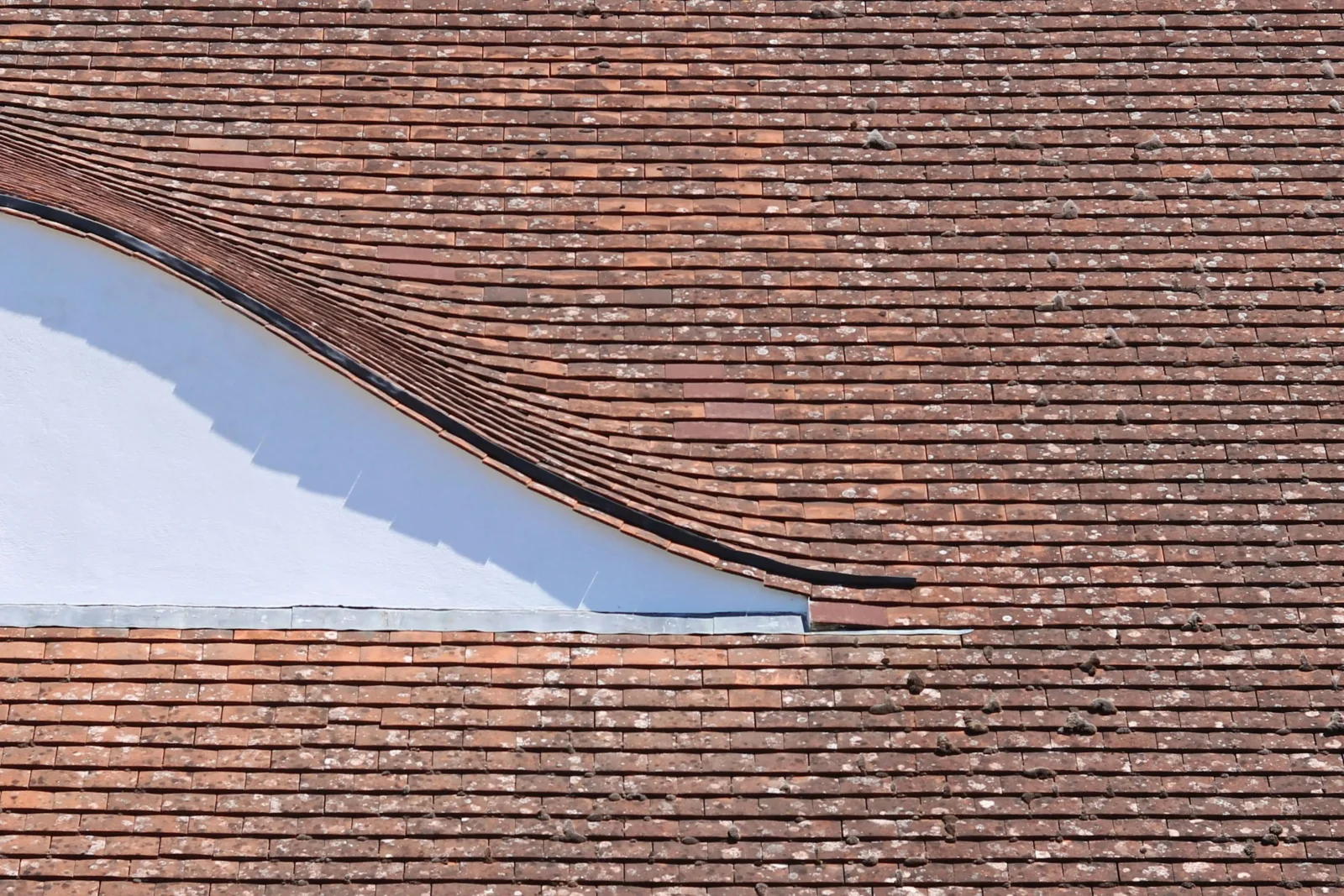- Home
- Articles
- Architectural Portfolio
- Architectral Presentation
- Inspirational Stories
- Architecture News
- Visualization
- BIM Industry
- Facade Design
- Parametric Design
- Career
- Landscape Architecture
- Construction
- Artificial Intelligence
- Sketching
- Design Softwares
- Diagrams
- Writing
- Architectural Tips
- Sustainability
- Courses
- Concept
- Technology
- History & Heritage
- Future of Architecture
- Guides & How-To
- Art & Culture
- Projects
- Interior Design
- Competitions
- Jobs
- Store
- Tools
- More
- Home
- Articles
- Architectural Portfolio
- Architectral Presentation
- Inspirational Stories
- Architecture News
- Visualization
- BIM Industry
- Facade Design
- Parametric Design
- Career
- Landscape Architecture
- Construction
- Artificial Intelligence
- Sketching
- Design Softwares
- Diagrams
- Writing
- Architectural Tips
- Sustainability
- Courses
- Concept
- Technology
- History & Heritage
- Future of Architecture
- Guides & How-To
- Art & Culture
- Projects
- Interior Design
- Competitions
- Jobs
- Store
- Tools
- More
Why Does Deflection Matter in Roofing? The Answer Might Surprise You

When most people think about roofing, they imagine durability, weather resistance, and lifespan. Rarely do they think about “deflection.” Yet, engineers and builders know this term is one of the most important factors when it comes to safety and performance.
For a fact, deflection refers to how much a roof bends or moves under load. This might not sound like a big deal. But it can be the difference between a safe structure and a failing one. If that system bends too much, even slightly, the results can impact the roof’s appearance, safety, and functionality.
Having said that, let’s break down why it matters so much and why it deserves more attention than it usually gets.
Table of Contents
Toggle1. Understanding the Basics
Before we dive into the “why,” it helps to know what it exactly means. Well, in roofing and construction, roof deflection is the vertical displacement or bending of structural members (like beams, trusses, or panels) when subjected to load. Think of how a wooden ruler bends slightly when pressed in the middle. That’s exactly a simple version of the whole concept.
In large-span structures such as metal buildings, this issue becomes even more significant. The longer the distance a beam covers, the more likely it is to bend under stress. That’s why engineers calculate allowable limits of deflection during the design phase.

According to experts at Butler MFG Parts, controlling deflection isn’t just about preventing collapse. It’s also about keeping roofing panels aligned, preventing leaks, and ensuring the roof performs as intended for decades.
Ignoring it might not cause an immediate failure. However, small issues, like misaligned fasteners, water ponding, or insulation gaps, can creep up quickly and become expensive over time.
2. Safety Implications You Can’t Ignore
Roofs are constantly exposed to both live and dead loads. Live loads include snow, rainwater, or even maintenance workers moving across the surface. Dead loads are the roofing materials themselves. If a roof bends excessively under these conditions, the consequences can be severe:
- Water can pool in low spots, increasing the weight on the roof and creating a cycle of sagging.
- Snow buildup adds extra pressure that can quickly push the roof beyond safe limits.
- Workers may encounter uneven footing, increasing the risk of slips, falls, and accidents.
Building codes specify maximum allowable deflection for precisely these reasons. It’s not just about keeping the structure standing—it’s about ensuring long-term safety for anyone inside or on top of the building.
In extreme climates, especially snowy regions, deflection management can be the factor that prevents catastrophic roof failures.
3. Aesthetic and Functional Concerns
Even if a roof doesn’t collapse, excessive deflection creates noticeable problems. A building owner might start noticing ceiling cracks, wavy rooflines, or gaps at wall connections. These aren’t just cosmetic issues—they signal performance weaknesses. For instance:
- Ceiling finishes inside the building can crack, leaving unsightly lines.
- Wall and roof connections may pull apart, affecting insulation and air sealing.
- Roofing panels may separate just enough to let water leak through.
Here, the energy efficiency also takes a hit. Misaligned insulation or gaps caused by sagging roofs let heat escape in winter and creep in during summer. This means higher utility bills for building owners and less comfort for occupants. In commercial spaces, the appearance of a sagging roofline can even reduce property value or affect customer perception of the business.
4. The Cost Factor of Ignoring This Factor
Deflection often hides in plain sight until it becomes a costly headache. Water ponding is one of the most common results. Standing water slowly breaks down roofing membranes, leading to leaks that damage interiors, machinery, or inventory. Repairing roof members that have permanently bent under load is far more expensive than designing them to resist deflection in the first place.

Recurring maintenance is another hidden cost. A roof that constantly shifts under load requires more frequent inspections, patching, and reinforcement. Over time, these add up and eat into operational budgets. In commercial and industrial buildings, a poorly designed roof can mean downtime, damaged goods, or higher insurance premiums. That’s why engineers and contractors stress that deflection control is not an optional add-on—it’s a crucial investment.
Conclusion to Draw!
Deflection might not be the first thing people notice about a roof, but it plays an enormous role in performance, safety, and long-term value. From preventing water ponding and leaks to maintaining energy efficiency and property aesthetics, its impact is far-reaching.
Builders, engineers, and manufacturers carefully design to control deflection because they know it’s the hidden factor that determines how well a roof performs under pressure. By addressing it early, owners save money, reduce risks, and protect their buildings for decades.
illustrarch is your daily dose of architecture. Leading community designed for all lovers of illustration and #drawing.
Submit your architectural projects
Follow these steps for submission your project. Submission FormLatest Posts
How Smart Roof Design Reduces Maintenance Costs
Smart roof design is not just about looks. It shapes how water...
To Upgrade or to Change Your Roof Completely: Key Facts to Know
Deciding what to do with an aging roof often brings confusion, hesitation,...
Best Practices for Roof Inspections and Maintenance
On most projects, the roof spends decades out of sight while carrying...
Sunny Days, Secure Roof: Simple Steps to Shield Your Home
Your home is more than just a place to live—it’s a sanctuary....












Leave a comment